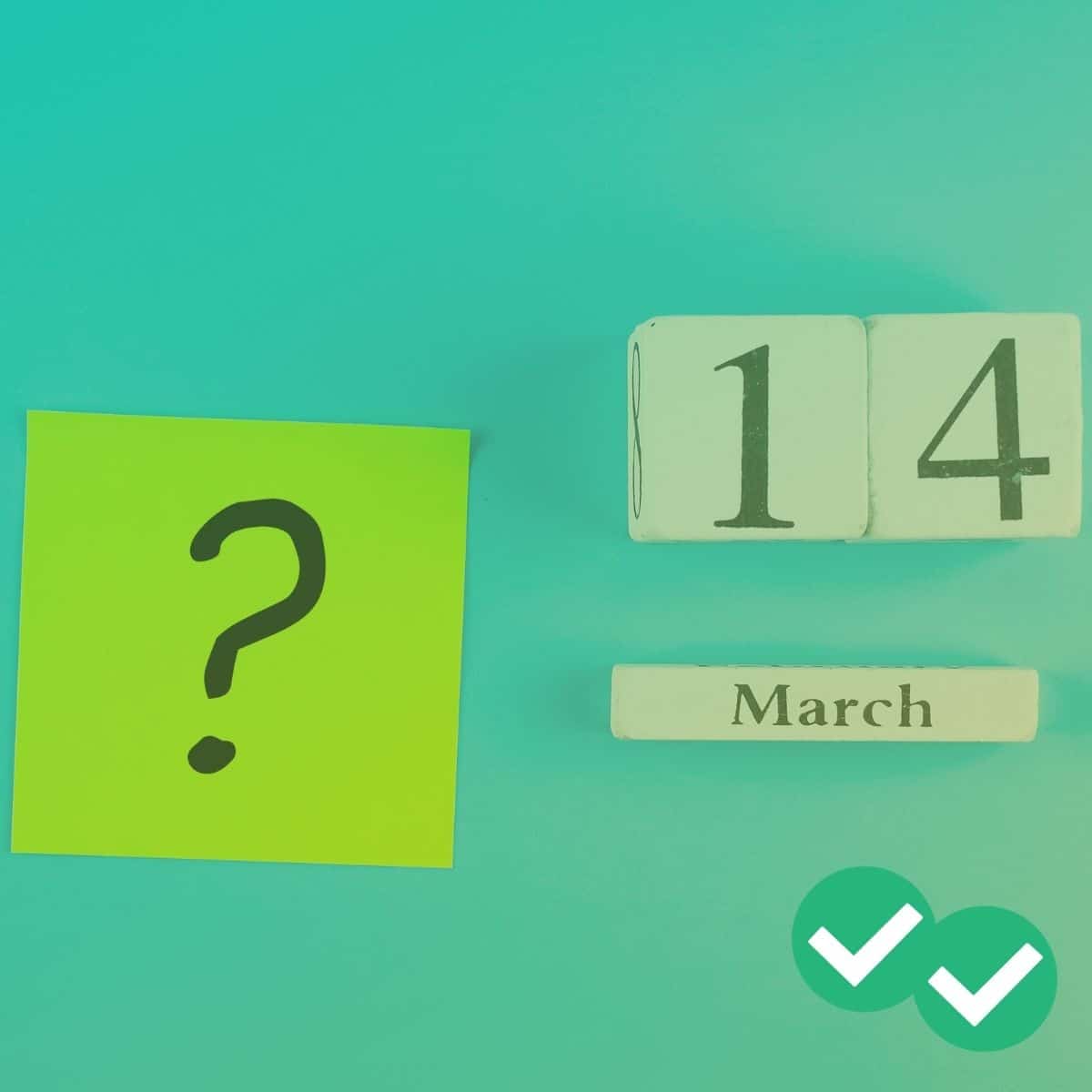
This post was updated in 2024 for the new GMAT.
Magoosh is excited to offer you a free GMAT practice test (online) with video answers and explanations. The assessment will give you access to:
- A realistic, adaptive exam that mimics the test day experience
- Your baseline score estimate
- A detailed report of your strengths and weaknesses to help guide your GMAT study strategy
- High quality practice questions with in-depth text and video explanations
Start Your Free GMAT Practice Test
You have the option of taking either the full practice test or one of its individual sections.
Table of Contents
- What to Expect from the Free Magoosh GMAT Practice Test
- Official GMAT Practice Tests: Another Important Resource
- Planning the Rest of Your GMAT Prep
- Additional GMAT Prep Resources
What to Expect from The Free Magoosh GMAT Practice Test
This GMAT practice test takes around 2 hours and 15 minutes to complete. Here’s a breakdown of the number of questions and the amount of time it takes for all three sections—Quantitative, Verbal, and Data Insights—of the exam:
- Quantitative Section – 21 questions, 45 minutes
- Verbal Section – 23 questions, 45 minutes
- Data Insights Section – 20 questions, 45 minutes
Now, let’s take a closer look at the ins and outs of this practice test.
Score Report, Answers, and Explanations
When you finish the test, we will give you a detailed score report which will help you predict how well you would do on the actual GMAT. You’ll see exactly how you performed subject by subject, and where it’s worth focusing your studies.
You’ll also be able to review your answers and see the video explanations. And I have some especially good news about these answer explanations: you get a text explanation and a video explanation for every question! Reviewing both explanations is particularly useful because the text and video explanations often explain the test in two different ways. It’s a great way to explore and discover your own best learning style.
A Note About Adaptivity and CATs (Computer Adaptive Tests)
Just like the real GMAT test, the Magoosh practice test is adaptive. What does this mean? Well, there is not a fixed, predetermined set of questions. Instead, you get a CAT (computer adaptive test), in which the GMAT questions that pop up on your test screen will have a different difficulty level, based on how you did on the previous questions.
So if you do well on several consecutive questions, the exam will then start making your question level more difficult. But if you do poorly on several questions in a row, the exam will adapt and give you easier questions. The GMAT scoring is also based on this adaptive testing approach, with more points for harder questions and fewer points for easier ones.
Official GMAT Practice Tests: Another Important Resource
I’m on the team that writes the Magoosh GMAT practice questions, and I can tell you that a lot of research goes into making sure they resemble the real thing as closely as possible. But in terms of quality, do you know what’s even better than a carefully researched imitation of the real thing? The actual real thing! Because of this, I always encourage students to use official GMAT practice tests alongside their Magoosh materials. In terms of quality, official GMAT prep is simply the best place to take a full length practice test.
The GMAT prep at the MBA.com store includes the most authentic adaptive GMAT practice tests you can take! And their offerings include two complete downloadable free GMAT practice tests, as well as four additional official practice tests that you can purchase.
Planning the Rest of Your GMAT Prep
Every journey needs a destination, and so you will need a GMAT goal score to help you plan and stay motivated along the way. Take your practice test result score and compare it against the GMAT scores of top MBA programs that you might be interested in.
From there, we highly recommend picking a study guide that suits your admissions timeline, bandwidth for studying, and your strengths/weaknesses: Here is a link that will help you pick a study plan and then you’ll be off to the races.
Additional GMAT Prep Resources
Here are some additional, mostly free non-practice test GMAT resources that you can use while studying. Sometimes just drilling practice questions and tests nonstop isn’t actually the most effective for improving your score, so mix it up in terms of the study content you consume to round out your study plan:
| Helpful Youtube Channels | |
| Flashcard Apps and Drills | |
| Diagnostic Tests (Shorter Practice Tests) |
We hope you found this post helpful as a starting point for your study journey! If you take away one learning from all of resources we’ve described here, it’s that high quality material is critical when it comes to making the most of your study time and building confidence for the real exam. If you’re looking for an affordable self-study plan with personalized support, you can sign up to access all of Magoosh’s GMAT prep material here.






Leave a Reply